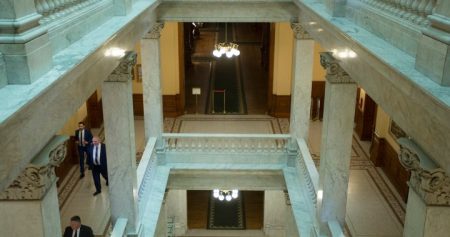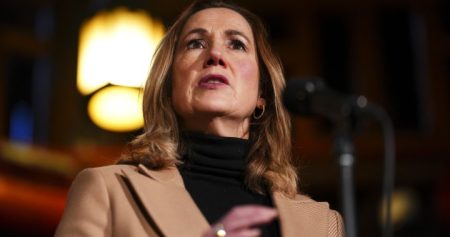Canada’s Upcoming Fall Economic Statement: A Deep Dive into Fiscal Projections and Policy Impacts
Finance Minister Chrystia Freeland is set to deliver the fall economic statement on December 16, 2024, offering a crucial update on Canada’s fiscal outlook as the country heads into 2025. This statement will provide a comprehensive overview of the government’s financial position, incorporating the impact of various policy decisions and economic developments since the 2024 federal budget. Canadians can expect insights into how key initiatives, such as planned adjustments to immigration caps, the anticipated GST holiday, and commitments to meet NATO spending targets, will influence the nation’s balance sheet. The timing of the statement, unusually late and just a day before Parliament’s scheduled recess, has been attributed by Freeland to Conservative filibustering tactics that have disrupted the House of Commons’ regular proceedings. The December 16 update will also be a critical test of the government’s adherence to its fiscal anchors, particularly as the country approaches an election year.
The fall economic statement arrives amidst heightened scrutiny of the government’s fiscal management. The Parliamentary Budget Officer (PBO) has raised concerns regarding several aspects of Ottawa’s spending plans. The PBO’s projections indicate that the Liberals may have fallen short of their commitment to cap the deficit at $40 billion in the previous fiscal year. Furthermore, the PBO has questioned the government’s NATO spending projections, suggesting they rely on "erroneous" economic forecasts. Another PBO report, released this past summer, predicted that capital gains tax changes would generate $2 billion less revenue over five years than the Liberals had anticipated in the 2024 budget. These discrepancies underscore the importance of the upcoming fiscal update in providing a clear and realistic assessment of the government’s financial trajectory.
The December update will also incorporate revised economic forecasts, reflecting recent developments such as cooling inflation and interest rate cuts by the Bank of Canada. While lower interest rates typically benefit governments by reducing debt servicing costs, easing inflation can lead to lower government revenues in the short term. This dynamic presents a complex challenge for fiscal planning, as the positive impact of lower interest rates may be offset by reduced revenue streams.
The government’s plan to moderate immigration growth in the coming years further complicates the fiscal picture. While this measure might appear to offer potential savings, it could also limit the expansion of the tax base and potentially dampen economic growth. This dual impact could ultimately constrain the government’s financial flexibility and contribute to a larger deficit than initially projected. The fall economic statement will need to address these competing factors and provide a comprehensive analysis of their combined impact on the federal budget.
In addition to these economic considerations, the upcoming statement will also offer insights into the government’s broader economic strategy. The government’s approach to balancing fiscal prudence with investments in key areas such as healthcare, education, and infrastructure will be closely scrutinized. The statement will likely highlight the government’s efforts to address cost-of-living challenges and promote sustainable economic growth. Furthermore, the government’s plans for addressing climate change and transitioning to a cleaner economy will likely feature prominently in the update.
The fall economic statement represents a pivotal moment for the government to demonstrate its commitment to responsible fiscal management. By providing a transparent and realistic assessment of the country’s economic outlook, the government can build confidence among Canadians and set the stage for a sustainable and prosperous future. The statement’s detailed analysis of the various factors impacting the federal budget will be crucial for informed public discourse and effective policymaking. Ultimately, the December 16 update will serve as a key indicator of the government’s economic stewardship and its ability to navigate the complex challenges facing the Canadian economy. The document’s projections and policy pronouncements will undoubtedly shape the economic debate leading up to the next federal election.










